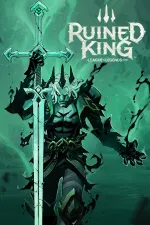
Ruined King: A League of Legends Story Review
Even twelve years after its initial release, League of Legends stands atop the esports pantheon as one of the most popular competitive games in the world. Ruined King: A League of Legends Story takes several of the beloved MOBA’s notable characters and drops them into an entertaining, albeit overlong, role-playing experience. Skill-based progression, explorable hubs, and turn-based combat might immediately excite fans of developer Airship Syndicate’s debut project, Battle Chasers: Nightwar. However, Ruined King’s implementation of these features is often mediocre. Nevertheless, the total package is an adequate single-player alternative to Riot’s multiplayer-centric titles.
Sadly, Runeterra’s verdant prairies are absent from Ruined King. Instead, I spent several hours predominantly traversing the port city of Bilgewater and its neighboring region, the Shadow Isles, to find and defeat forgettable antagonists. These locales are home to vicious pirates, wild beasts, and restless spirits. Ruined King’s washed-out grays and sickly greens parallel grim motifs like revenge, greed, and displacement. But after retracing my steps through the same shadowy caverns and bleak harbors for several hours, that subdued color palate took its toll; the many marketplaces and temples became increasingly lifeless and dull.
This is a shame because the ensemble cast – Miss Fortune, Illaoi, Braum, Yasuo, Ahri, and Pyke – have fun and diverse personalities. Silly banter and tense disagreements between the protagonists keep Ruined King’s predictable narrative interesting. Each legend interacts with the game world differently, making for some engaging interactions. Pyke’s expertise as a harpooner allows him to dive into deep waters to access hidden passageways. At the same time, I’d shoot Ahri’s magic orbs from various angles to activate far-off switches or solve environmental puzzles. These skills were always valuable, especially when scouring dungeons for rare gear and lore documents. Of course, collectibles weren’t the only things that awaited me while completing main and side quests.
Most areas are host to a bevy of enemies, from long-bearded undead warriors to stone giants, and battling these monsters helped make up for the uninspired level design. When a battle begins, an “initiative bar” at the bottom of the screen indicates the turn order, but a “lane” system – inspired by League of Legends mechanics – spices up the formula by allowing characters to move up or down the initiative bar at will. A sword swipe or magic blast from the speed lane will hit earlier with reduced damage. Conversely, gunshots or shield bashes from the power lane take longer to activate but are particularly devastating. “Zones” that appear along the bar have the chance to apply buffs or debuffs, so using lanes to obtain or avoid these random conditions added even more depth to the action. Even though I wish foes were more challenging, the clever rhythm of Ruined King’s lane system made me want to seek out brawls all the time.
I loved using Braum’s “Stand Behind Me” ability in the power lane to cast mighty shields on the entire party. And if I didn’t feel like waiting for a lane ability, I relied on default attacks for instant gratification. An ultimate meter builds up throughout engagements, and activating these super abilities often meant the difference between slaying a beefy boss or losing the bout entirely. Unfortunately, I couldn’t substitute party members in or out of combat, which didn’t allow for much roster experimentation. Moreover, during several combat scenarios, I felt like I was being punished for any tactic that didn’t include the typical healer or tank-focused lineup. Fast-traveling to a rest spot to make emergency swaps and remedy this issue was a constant immersion-breaker.
Vanquished adversaries drop gold and, more importantly, materials to spend on weapon and armor enchantments. I collected an impressive number of enchantment recipes while traveling off the beaten path, and my combat prowess towards the latter half of Ruined King benefited from this. I often altered my gear to increase crit ratings so that my katana-wielding Yasuo and gun-toting Miss Fortune boasted significant attack numbers. I also earned ability points for leveling my party (experience points are shared), which I’d use to amplify default and lane powers. “Rune shards” were also doled out every few levels and, once equipped, introduced fun modifiers that bolstered stats of my choice, like Illaoi’s healing or Pyke’s evasion. I appreciated having many routes to upgrade my favorite fighters and customize their respective kits.
Ruined King is a conventional RPG set in the League of Legends universe with an exciting lane system that smartly reconstructs the standard turn-based loop. Still, a forgettable story about good vs. evil and reiterative backdrops are apparent drawbacks. The action and imaginative characters do their best to keep the game’s 20-30-hour time sink enjoyable, but players that aren’t already fans of Riot Games’ flagship franchise are better off skipping this entry.
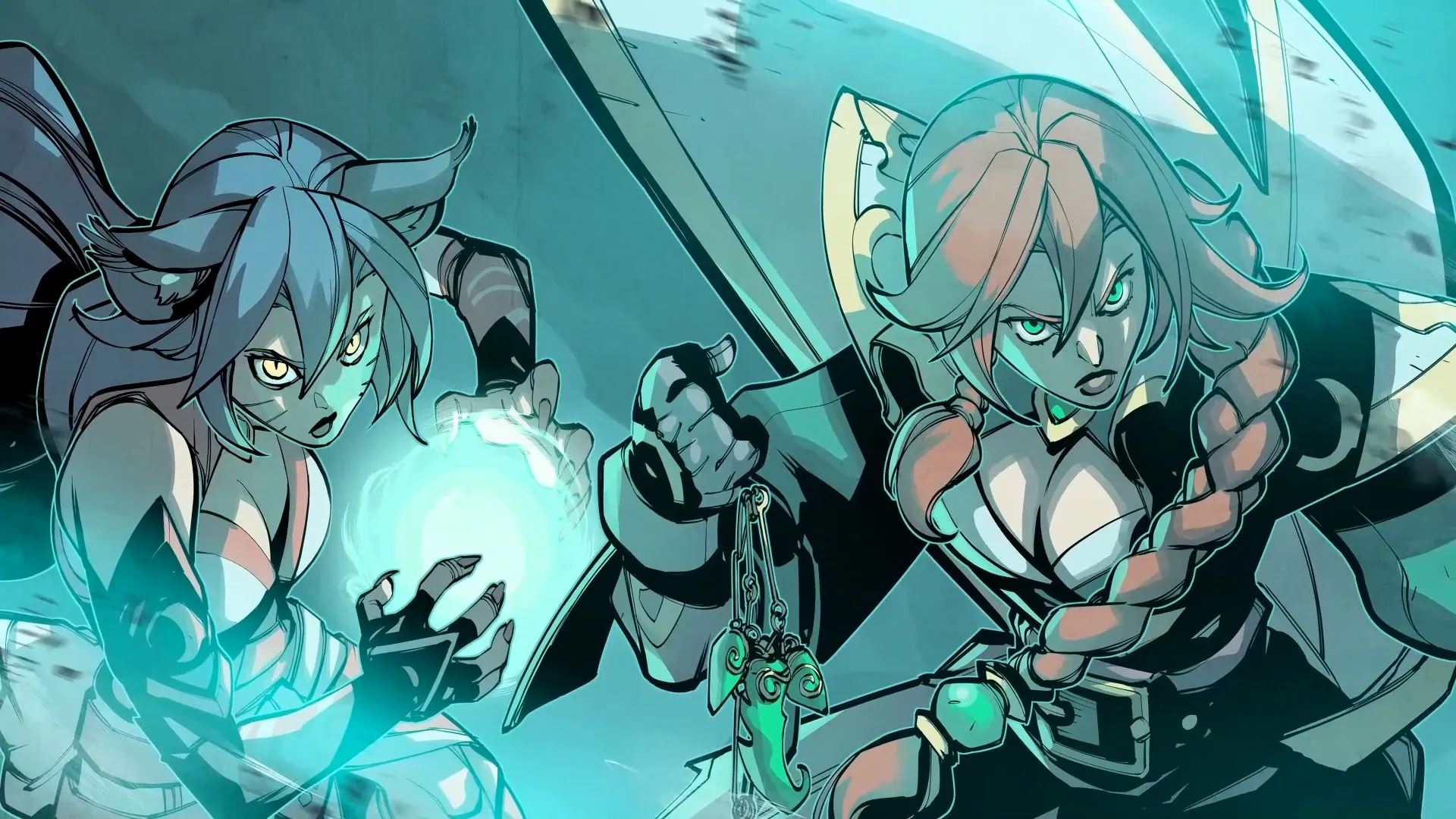
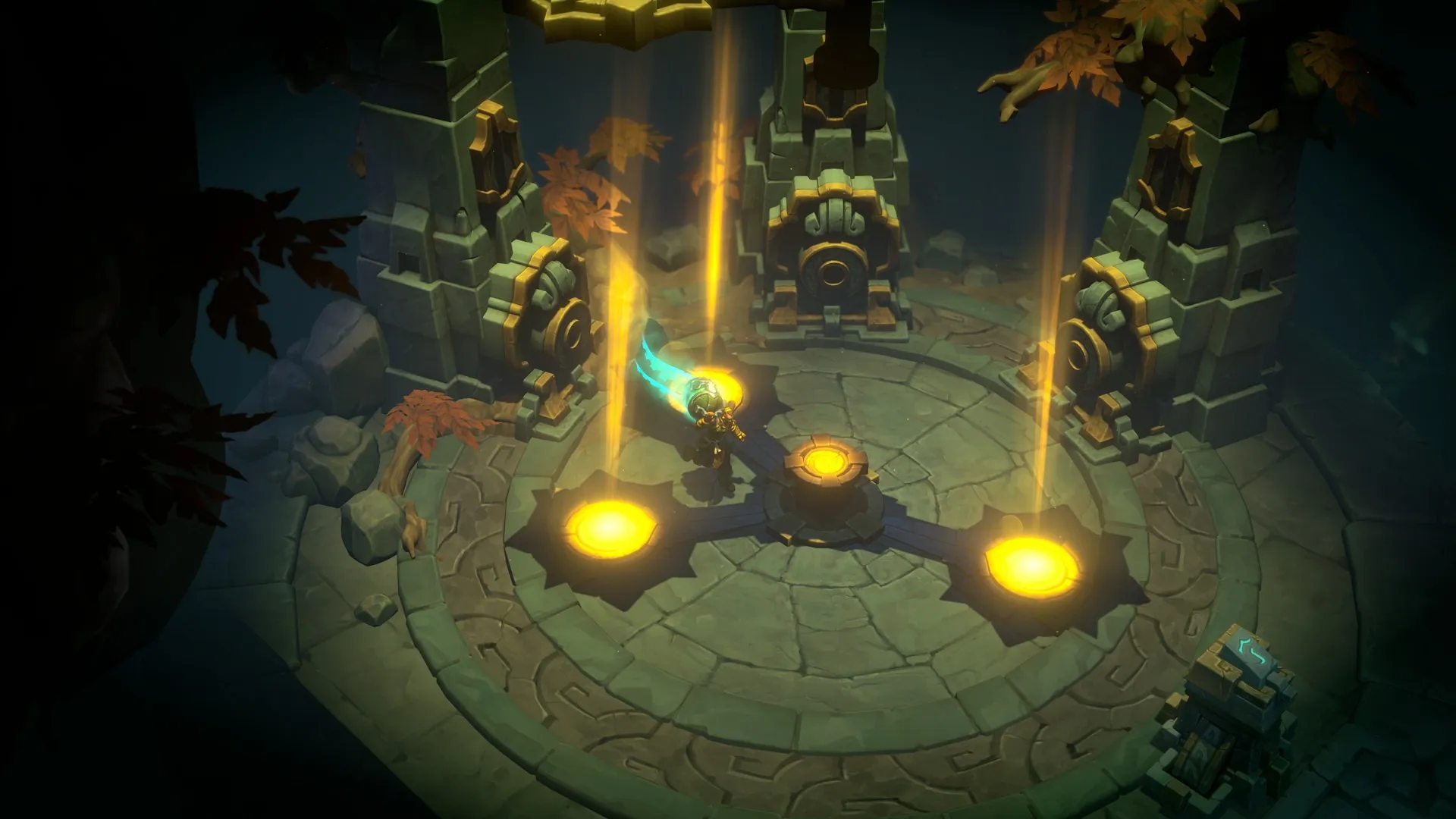
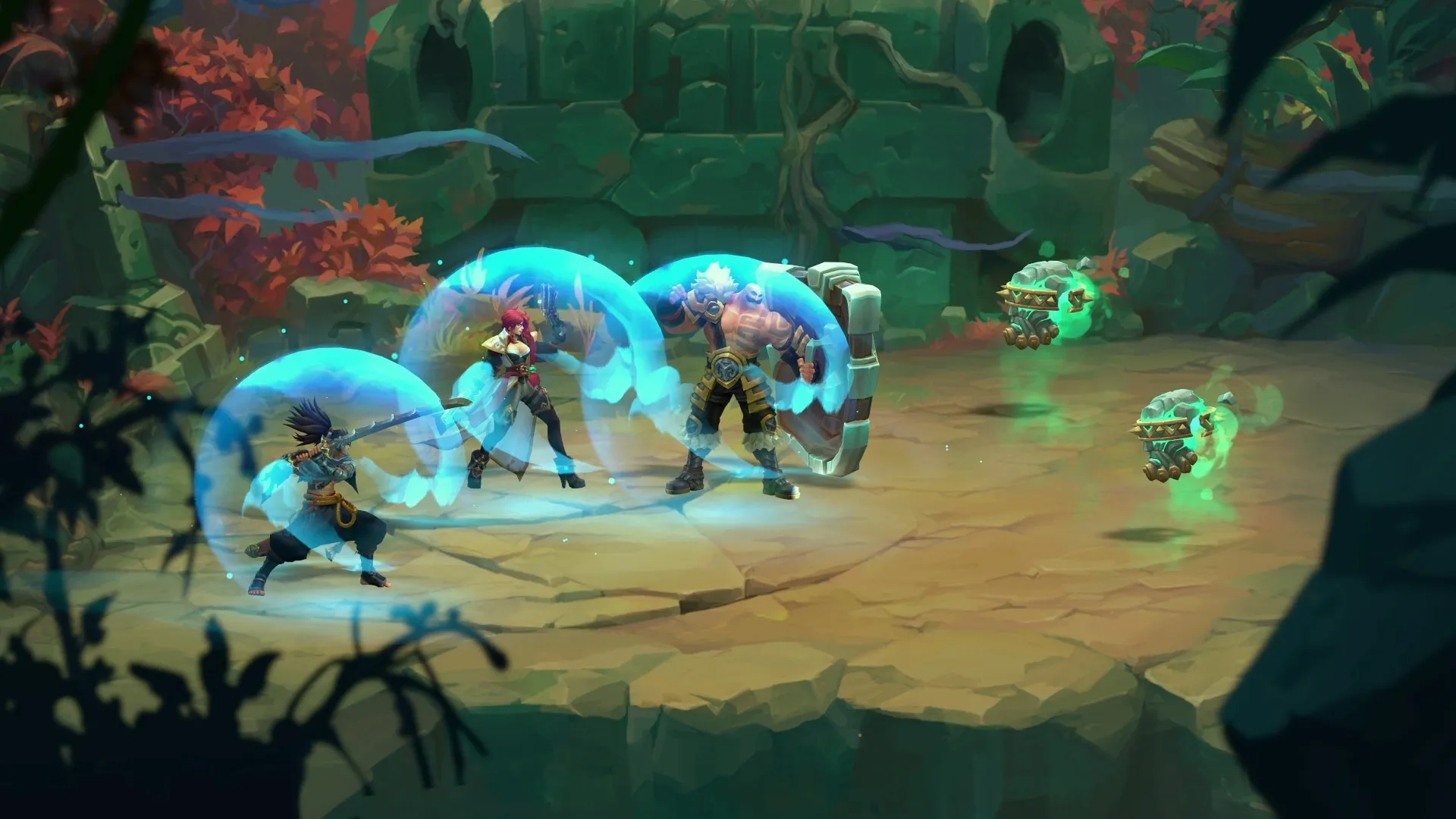
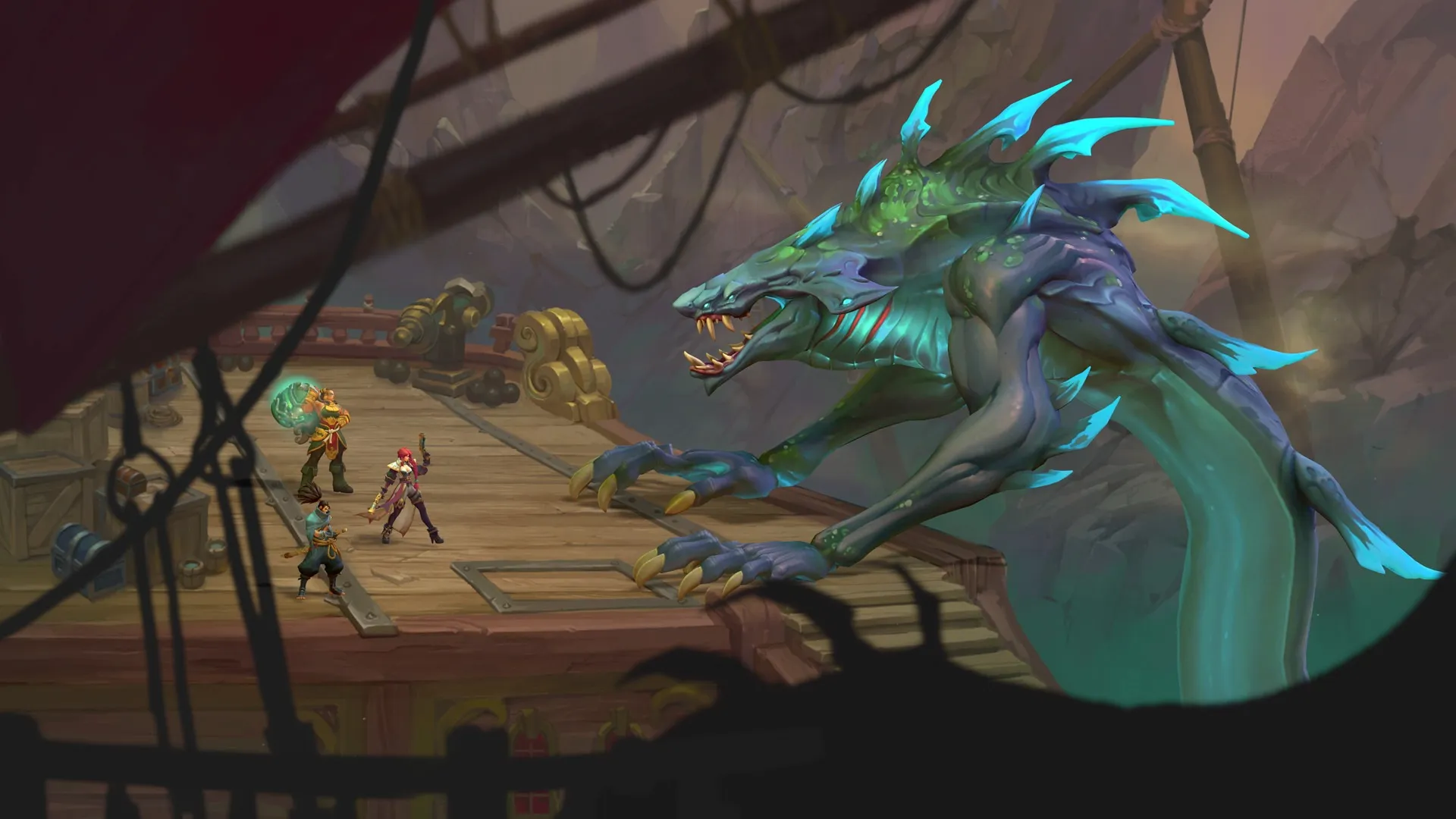
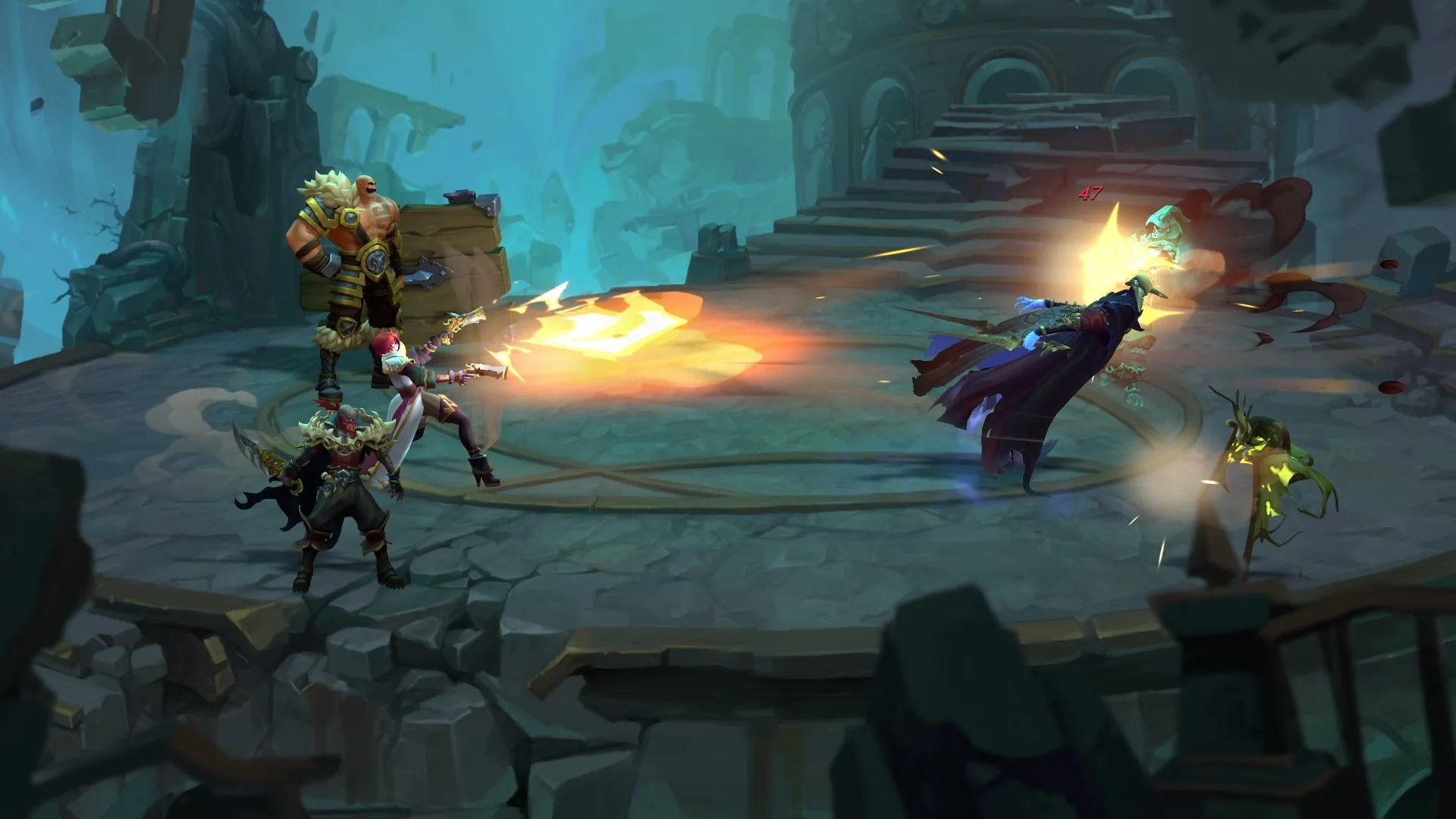
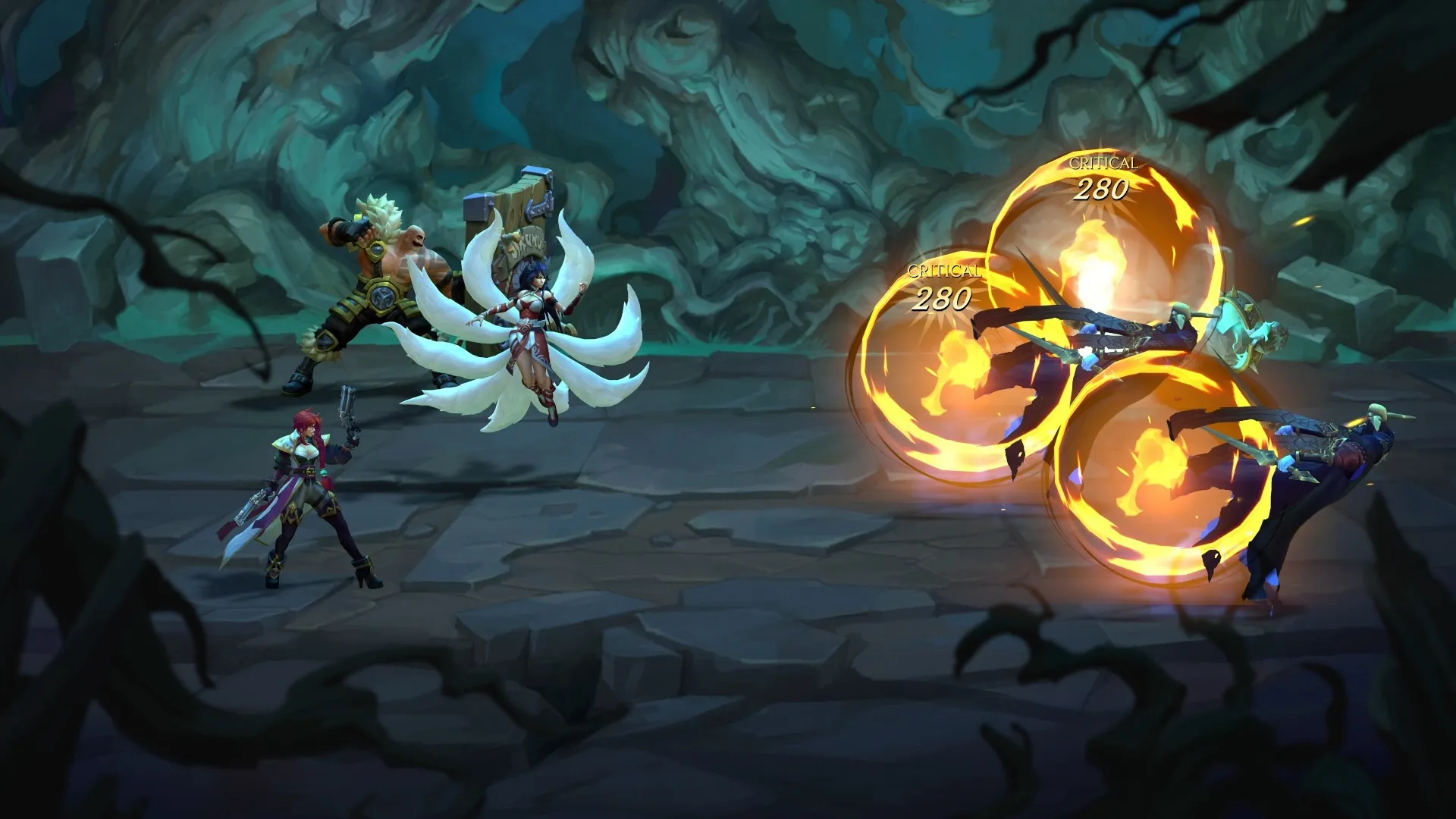
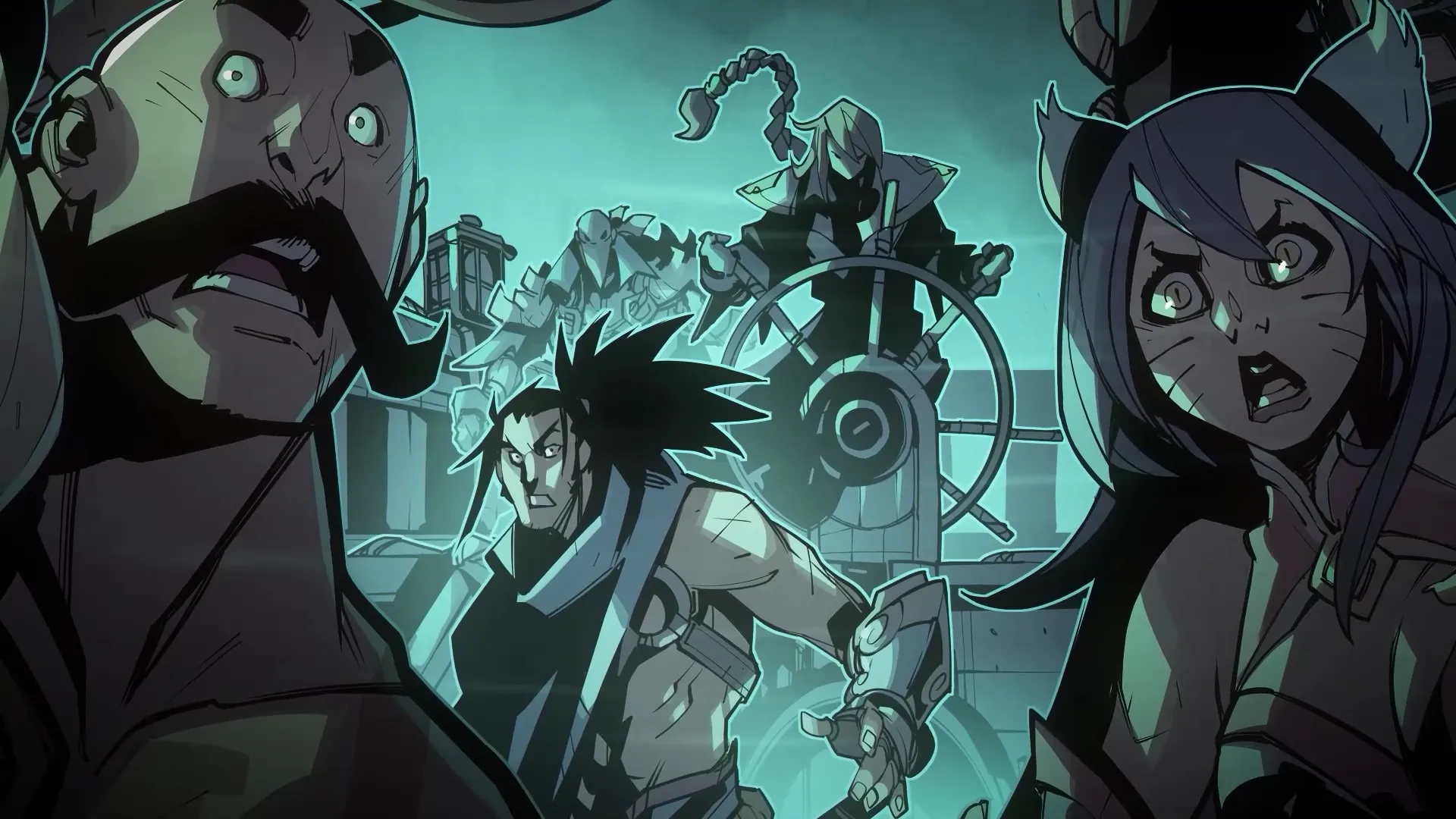

Get the Game Informer Print Edition!
Explore your favorite games in premium print format, delivered to your door.
- 10 issues per year
- Only $4.80 per issue
- Full digital magazine archive access
- Since 1991
